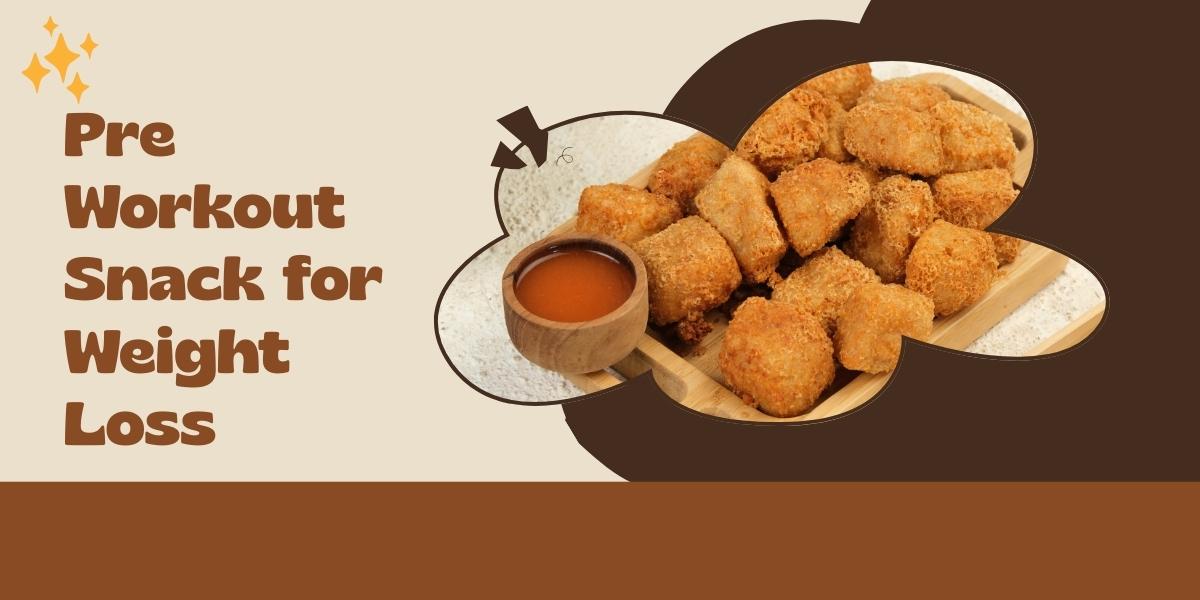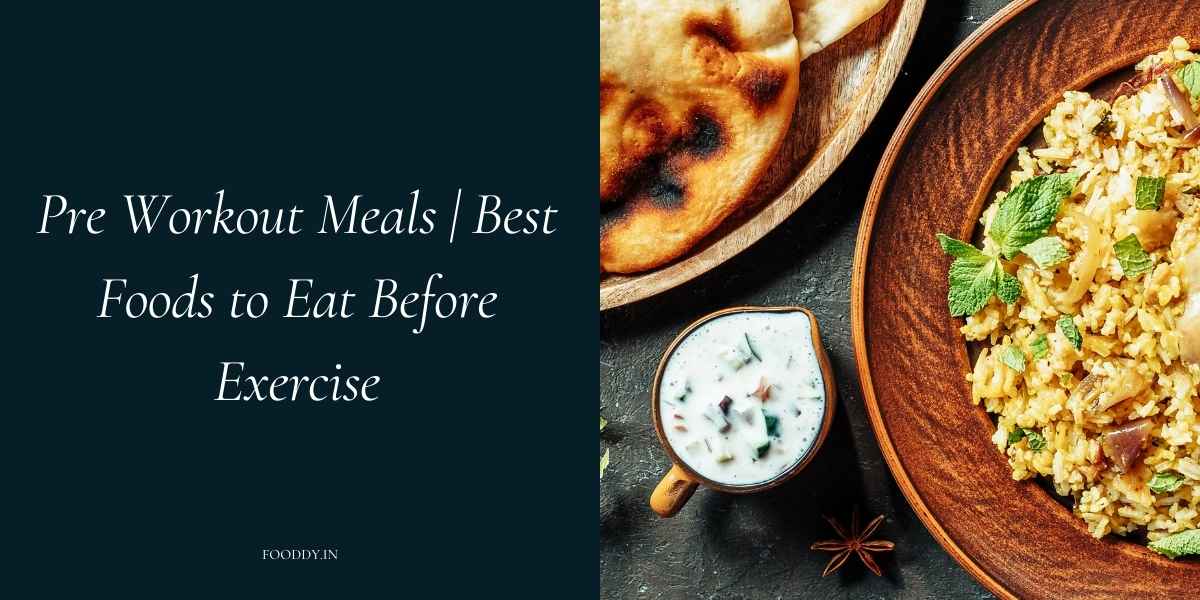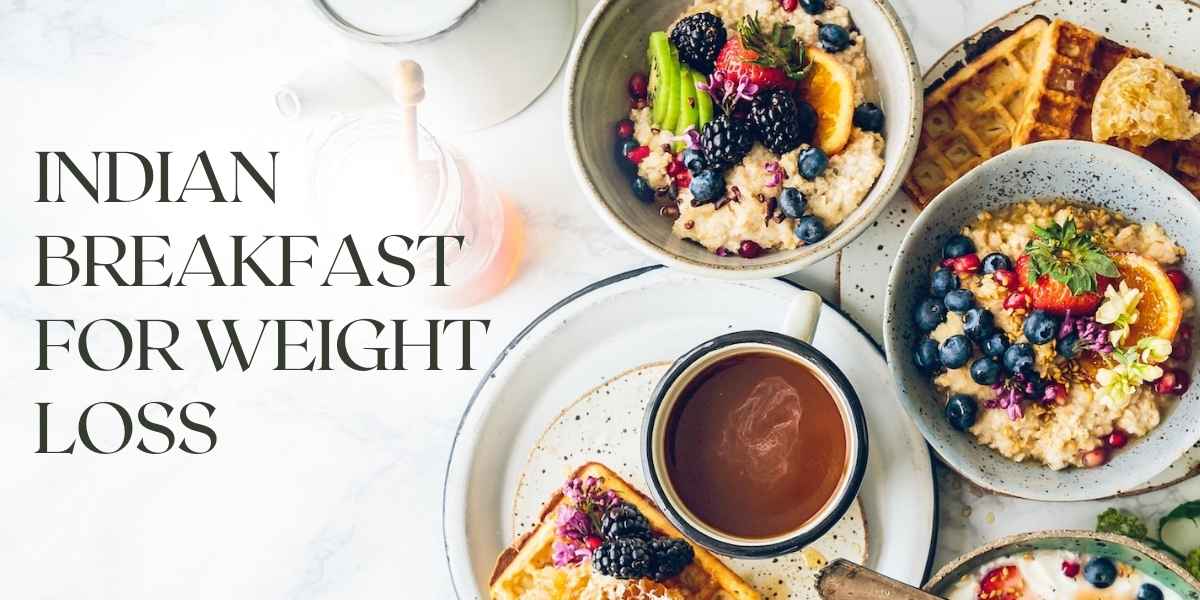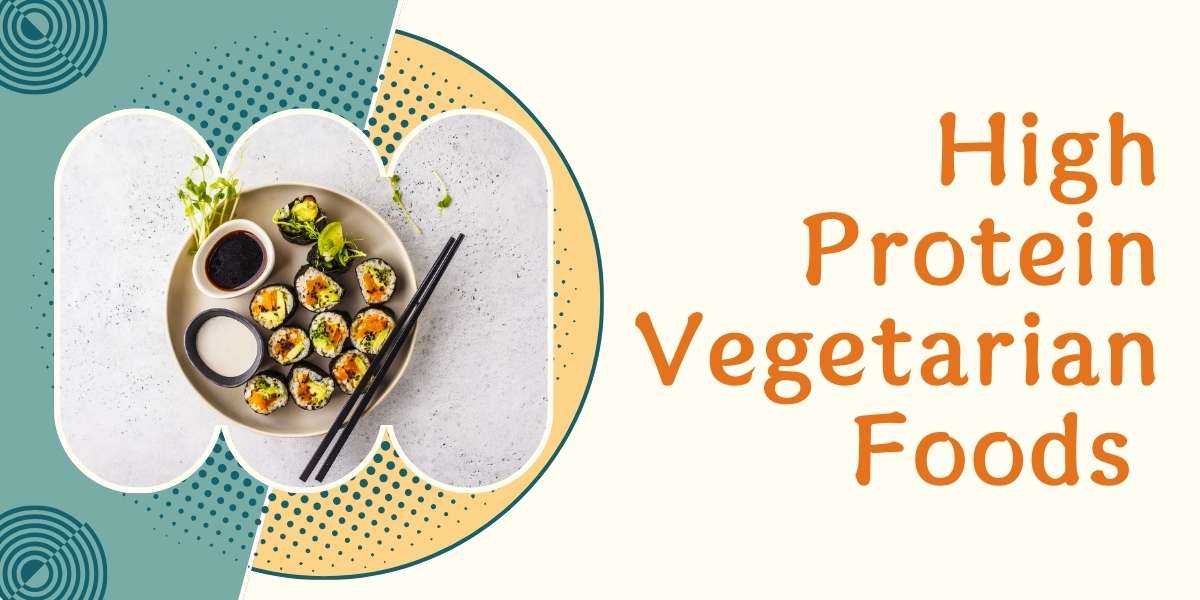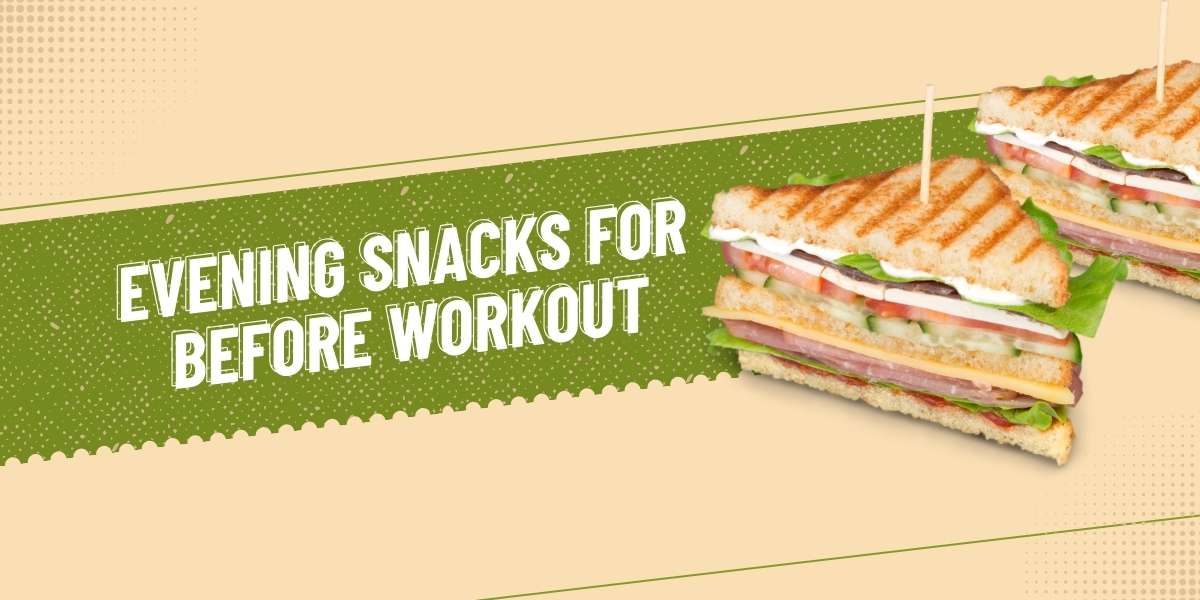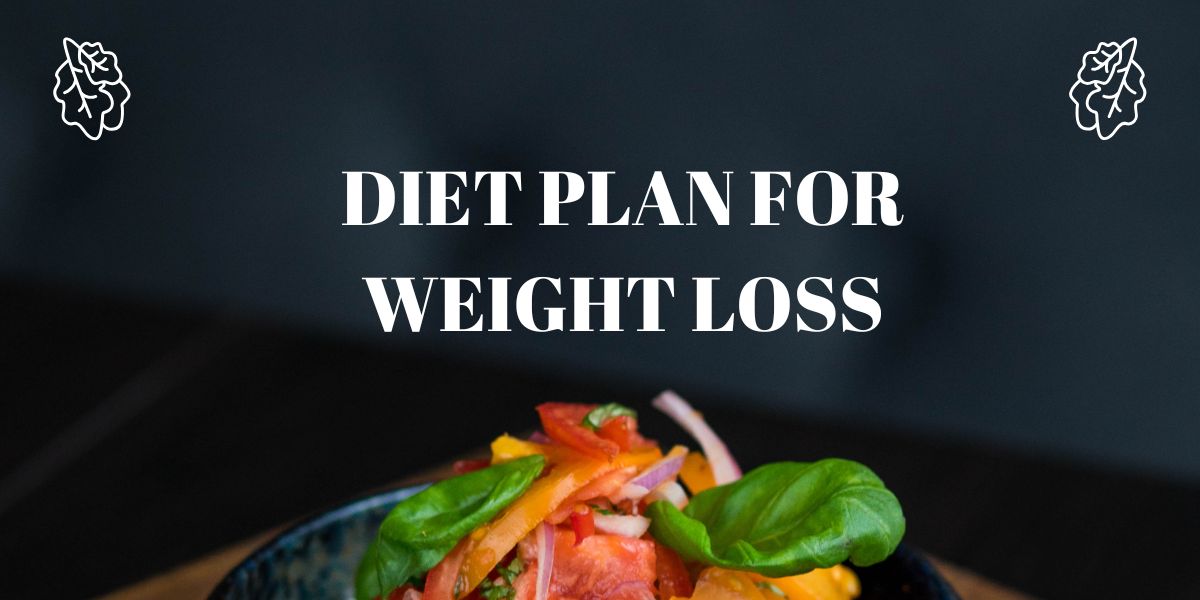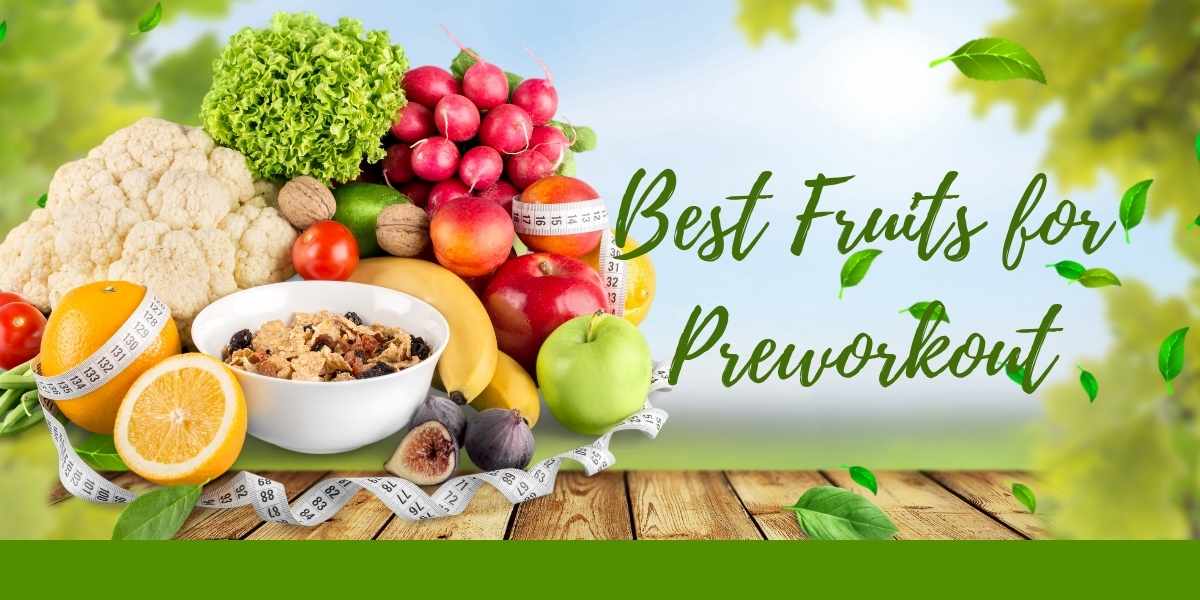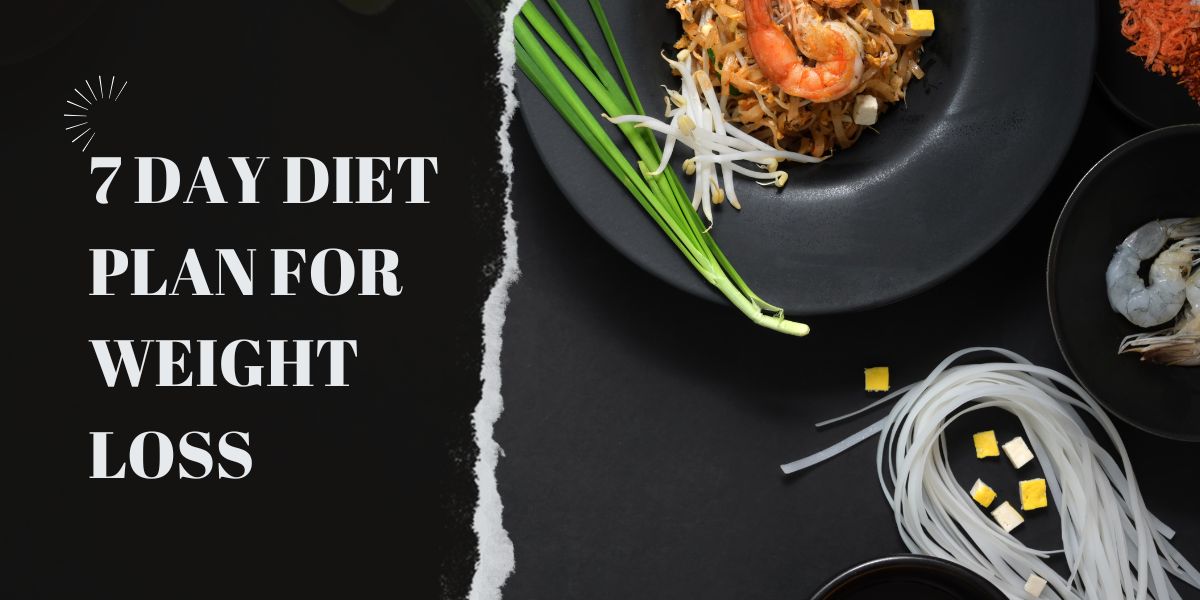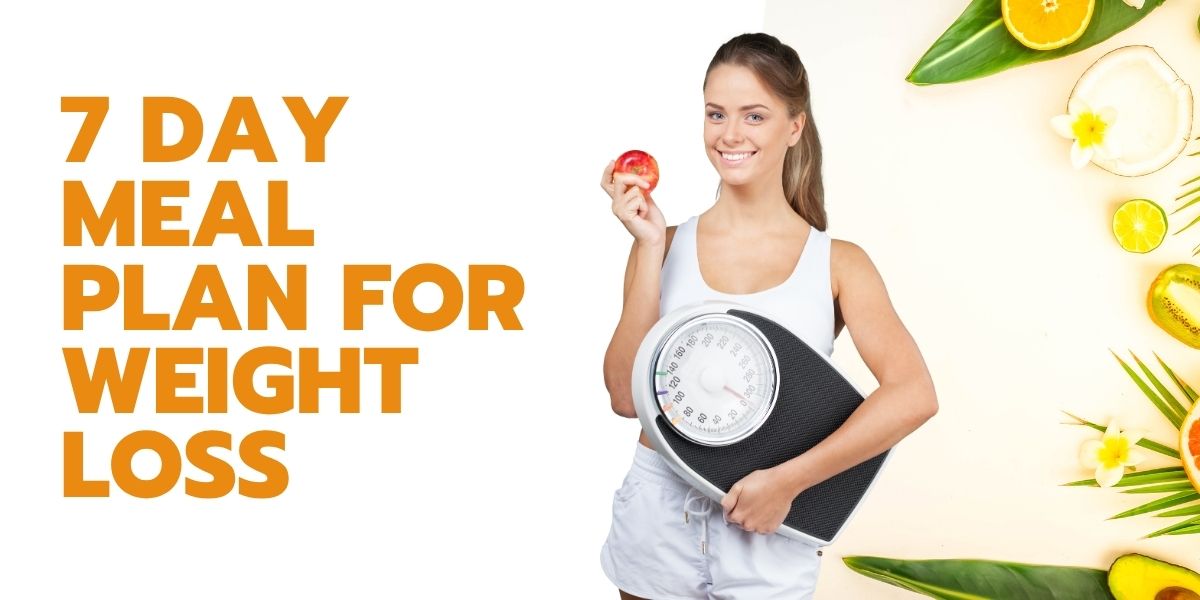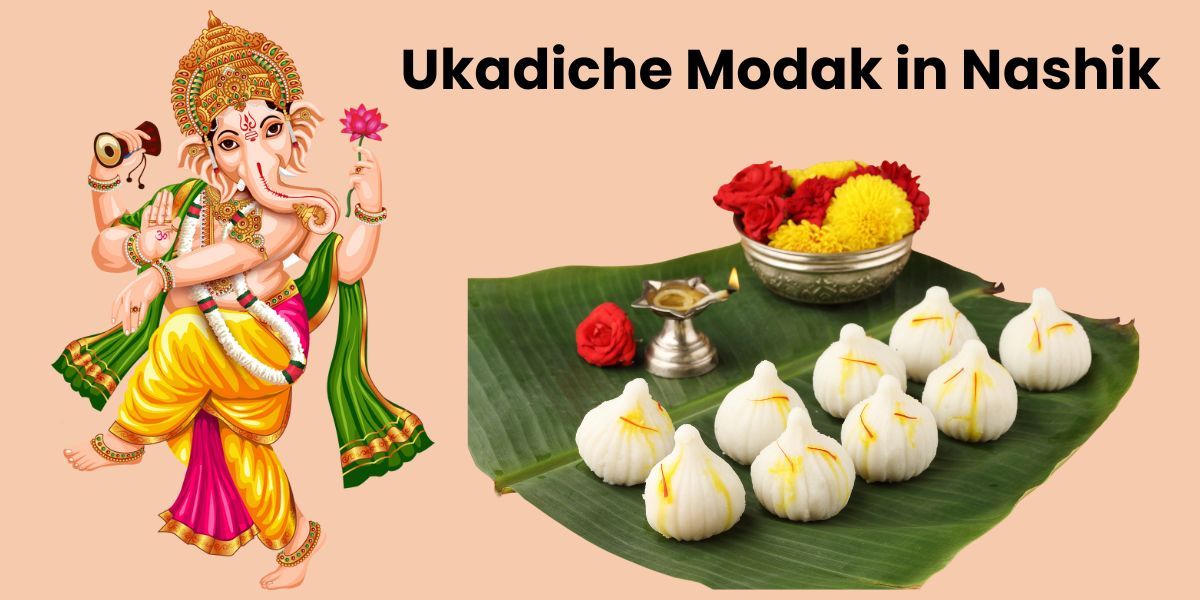When it comes to weight loss, exercise is only half the equation—nutrition is the other. One of the most critical moments for fueling fat-burning efforts is right before a workout. What we eat before exercising can either help us burn more calories, stay energetic, and maintain muscle—or it can hold us back by making us feel sluggish or overly full.That’s why choosing the right pre-workout snack for weight loss is so important. The ideal snack should be light, energizing, low in sugar, moderate in protein, and help us power through our session without causing a big spike in insulin levels.In this guide, we’ll explore the Pre Workout Snack for Weight Loss, along with specific snack ideas for mornings, men, and women.
Best Pre Workout Snack for Weight Loss – Top 10 Snacks
Here’s our list of the top 10 pre-workout snacks perfect for burning fat and boosting energy without loading you up with empty calories. These choices come recommended by nutritionists and work well for cardio, strength training, HIIT, or even yoga.
Choosing the right snack before a workout isn’t just about fueling up—it’s about making sure we get the most out of our training sessions while feeling light, satisfied, and ready to move. We’ve tested these options ourselves and found they help keep cravings away and support our goals. Whether you’re heading to an early morning class or squeezing in a workout after work, you can count on these snacks to deliver steady energy without the crash.
Banana with Almond Butter
- Combines carbs for quick energy with healthy fats.
- Plus, potassium in bananas helps prevent muscle cramps.
Greek Yogurt with Chia Seeds
- High in protein and low in sugar
- Making it great for endurance workouts.
Oats with Cinnamon
- Provides slow-releasing carbs for steady energy
- While cinnamon helps regulate blood sugar.
Boiled Eggs with Sliced Apple
- Lean protein paired with fiber-rich fruit
- Keeps hunger at bay.
Rice Cakes with Hummus
- Light but satisfying
- Healthy fats and plant-based protein.
Low-Fat Cottage Cheese with Berries
- Loaded with slow-digesting casein protein
- Antioxidants rich
Peanut Butter on Whole-Grain Toast
- Balanced macros
- Super quick to prepare.
Protein Shake (Whey or Plant-Based)
- Easily digestible
- Supports lean muscle protection.
Trail Mix (unsweetened)
- A small handful of nuts and seeds
- Perfect for longer workouts or hikes.
Black Coffee with a Banana
- Boosts energy and metabolism
- Ideal for fasted cardio or morning runs.
Tip: Avoid pre-workout snacks high in sugar, refined carbs, or heavy oils, as they can cause energy crashes and slow digestion.
Also Read – Best Pre Workout Meals for Energy
Morning Pre Workout Snack for Weight Los
Morning workouts are excellent for burning fat, especially if done in a fasted state. Still, many people find themselves feeling weak or dizzy without at least a small bite to eat beforehand. The key is to keep the snack light, easy to digest, and low in sugar—so you get energy but don’t weigh yourself down.
Here are some of the best light morning pre-workout snacks:
- Half a banana with 1 teaspoon of almond butter
- One boiled egg paired with black coffee
- A few soaked almonds and a cup of green tea
- One small date with warm lemon water
- Low-fat unsweetened yogurt
If your workout includes intense cardio or strength training and you need a bit more fuel, try:
- ¼ cup cooked oats sprinkled with cinnamon
- One rice cake topped with peanut butter
- Half a scoop of protein shake (plant-based or whey)
Remember, a small pre-workout snack about 30–45 minutes before exercising in the morning is usually all it takes to kickstart your metabolism without disrupting fat burning. Finding the right balance will help you feel energized and ready to tackle your workout every day.
Pre Workout Snack for Weight Loss – Female Focus
We know women’s nutritional needs before exercise can be unique. Factors like hormone cycles, body composition, and metabolic rate all influence how fuel is used during a workout. Pre-workout snacks for women trying to lose weight should help burn fat, lift energy, and maintain lean muscle. Picking snacks that support balanced hormones and consistent performance can make a big difference in results.
Some of our best pre-workout snack suggestions for women:
- Chia pudding made with almond milk (light, hydrating, and packed with omega-3s)
- Rice cake topped with a teaspoon of nut butter (low-calorie but satisfying)
- Hard-boiled egg with cucumber slices (gives protein and hydration)
- Low-fat Greek yogurt with flax seeds (helps support hormone balance)
- Homemade energy bites (oats, dates, and seeds; great for more intense sessions)
For lighter activities like yoga, Pilates, or gentle walks, sometimes just a small snack is enough:
- A handful of soaked almonds
- Herbal tea or black coffee
- One small apple or kiwi
Women dealing with PCOS or insulin sensitivity should look for snacks with a lower glycemic index, such as eggs or cottage cheese, instead of relying on fruit alone. We recommend tuning in to how you feel post-snack, adjusting choices to match your needs and workout intensity.
Pre Workout Snack for Weight Loss – Male Focus
We’ve found that men often take on more intense strength training or HIIT routines, which means having available energy is crucial. The best pre-workout snacks for men aiming to lose weight should be rich in protein to support muscle and moderate in carbs for energy, while keeping fat lower to steer clear of any digestive discomfort or sluggishness. Our goal is to help power workouts efficiently and maximize fat-burning results.
Best pre-workout snacks for men
- Protein shake paired with half a banana (perfect for gym sessions)
- Oats mixed with whey protein and water or almond milk (gives sustained energy for longer training)
- Boiled eggs and a fresh apple (lean protein with fiber to keep you full)
- Peanut butter toast (a balanced choice for weight training days)
- Black coffee with trail mix (awesome for early mornings and fat-burning workouts)
If you’re eyeing muscle gain while cutting fat, try to include at least 15–20g of protein and some carbs in your snack—this helps prevent muscle breakdown and gives plenty of energy.
Tip: We also recommend drinking a glass of water about 20–30 minutes before working out to boost performance and fat burning. Adjust your snack based on your activity and personal goals for the best results.
Conclusion
Choosing the right pre-workout snack really does make a difference—it can boost the quality of our workouts and support weight loss goals along the way. No matter if we’re training in the morning or evening, or if our sessions are intense or relaxed, the goal is to pick something that fuels us with steady energy but doesn’t weigh us down.
We recommend reaching for snacks that are lower in calories but combine protein, some fiber, and slow-digesting carbs. Timing your snack about 30–45 minutes before you start moving works well for most people. And it’s always smart to skip heavy meals, sugary treats, or fried foods before working out, since they often slow digestion and leave us feeling sluggish.
At the end of the day, it’s all about staying consistent—with both our nutrition and exercise habits. Finding the right pre-workout snack might seem simple, but it’s one of those little changes that can add up and have a big impact as we work toward our weight loss goals. We’re all in this together—let’s keep fueling smart and moving forward!
FAQs
Q1. Do we really need a pre-workout snack for weight loss?
Ans:- Not always. If we’re just doing some light cardio or keeping our workout short, a snack might not be necessary. For strength training or any session over 30 minutes, though, a small snack can help boost performance and keep fatigue at bay.
Q2. Can we work out on an empty stomach in the morning?
Ans:- Yes, this is called fasted cardio, and some of us find it helps with fat burning. Still, if anyone feels dizzy or low on energy, grabbing something small like half a banana or a boiled egg can make all the difference.
Q3. How long before a workout should we eat?
Ans:- It’s best to have a pre-workout snack 30 to 45 minutes before starting exercise. This timing gives our bodies a chance to digest and put those nutrients to work when we need them most.
Q4. What’s the best pre-workout snack for belly fat loss?
Ans:- Low-glycemic options are a great pick—think eggs, oats, or Greek yogurt with a small portion of carbs. We avoid sugary foods since they can spike insulin and might end up storing more fat.
Q5. Are protein bars a good option for a pre-workout snack?
Ans:- Some are! We just have to be careful—many are packed with sugar and calories. The best bet is to pick bars with less than 200 calories and not more than 8–10g of sugar.
Q6. What should women eat before a workout for fat loss?
Ans:- Snacks like chia pudding, Greek yogurt with seeds, or a rice cake topped with almond butter are all solid choices. These options help balance energy and support healthy hormone levels.
Q7. Can black coffee work as a pre-workout drink for weight loss?
Ans:- Definitely! Black coffee (without sugar or milk) can kick up metabolism, boost energy, and aid fat burning. Sometimes pairing it with a small snack helps make morning workouts even smoother.

